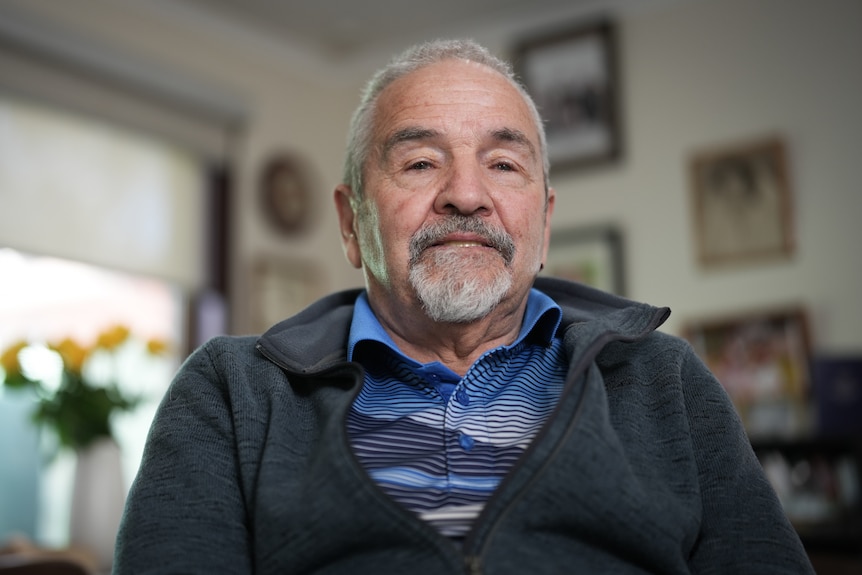Hugh McGowan still remembers the day he was taken from his mother’s hand as a little boy. At 77, he believes that moment was the last time he ever saw her. McGowan was one of more than 7,000 British children sent to Australia after World War II as part of a child migration scheme. Although the program was promoted as a chance to give war orphans “a better life,” many children were not orphans at all. Instead, they were sent from church-run care homes, often without understanding that they would never be able to return.
The children were placed in institutions like Dhurringile, a mansion and farm in northern Victoria, which McGowan recalls as “imposing and cruel.” He refuses the label “child migrant,” insisting instead that he was a “child deportee” because he had no passport or birth certificate when he was sent away. Many children arrived with just a trunk of clothes, which was taken from them upon arrival. For McGowan, the experience left deep scars that shaped his entire life.
Another former resident, Thomas Wilson, was only eight when he was asked if he wanted to go to Australia. He remembers agreeing, without even knowing where Australia was. Raised at Quarriers Homes in Scotland, Wilson was placed at Dhurringile, where the boys milked cows, cleaned, cooked, and worked on the farm before and after school. He says he had no idea he had parents at the time. While he managed to find happiness through sport and outdoor activities, others were not as fortunate. Some endured abuse, harsh discipline, and mistreatment from those meant to care for them.
Wilson says he is grateful for how his life turned out, with children and grandchildren of his own, but he recalls one superintendent who took “delight in brutal behavior.” Despite his personal resilience, he acknowledges that many of his peers suffered long-term damage. In 2009, the Australian government issued a national apology for the child migrant scheme, and a year later, British prime minister Gordon Brown also formally apologized. Still, survivors like McGowan feel that words cannot erase the trauma they endured.
According to Professor Shurlee Swain of Australian Catholic University, the child migration program was closely tied to Australia’s White Australia Policy. After the war, the government wanted to increase its white population and saw British children as “good, white stock” who would easily integrate. But children did not understand that the move was permanent, nor did they realize they would lose contact with their families forever. Many were subjected to abuse and neglect in isolated institutions where there was no one to protect them.
Six decades after an ABC documentary first captured life at Dhurringile, survivors are reflecting on their past. McGowan gave evidence at a Scottish parliamentary inquiry into child abuse in 2020, admitting he kept silent for 44 years before confiding in his wife. He says the trauma left him struggling with relationships, though he considers himself “one of the lucky ones” for eventually finding stability. Others, however, did not survive or failed to build a life outside the institutions.
Despite their suffering, survivors stress the importance of learning from history. They want today’s care systems to ensure that children receive the love and protection that they never had. As McGowan explains, love was something the boys at Dhurringile never experienced. For him, recognition of the past is not just about apology—it is about creating better futures for vulnerable children so that such mistakes are never repeated.
The voices of former child migrants serve as a reminder of a dark chapter in history. Their resilience and determination to speak out reflect both the pain they carried and the hope they now want for future generations. What began as a program to build Australia’s population left thousands of children with broken childhoods. Yet, their stories continue to shape the call for justice and compassion in child care today.

